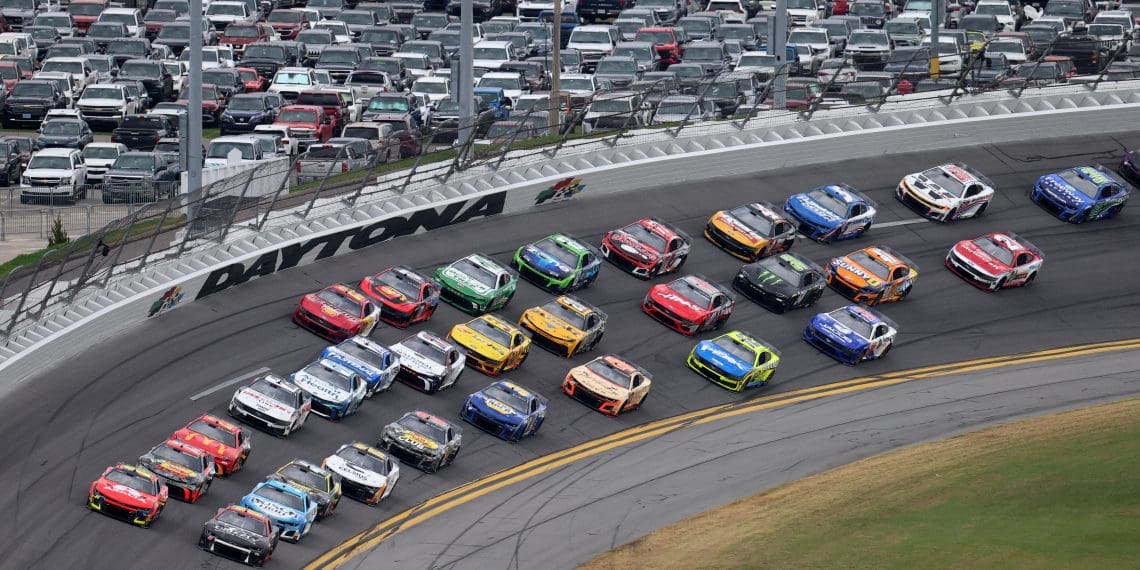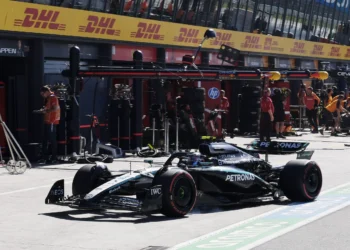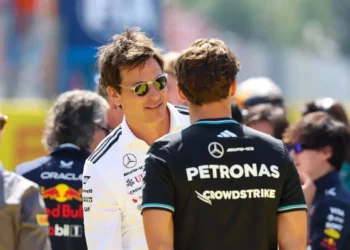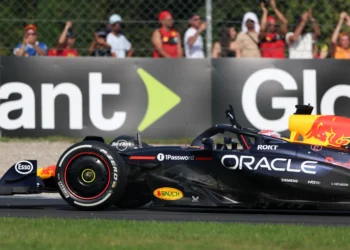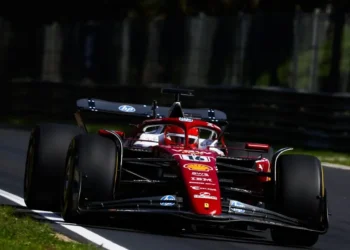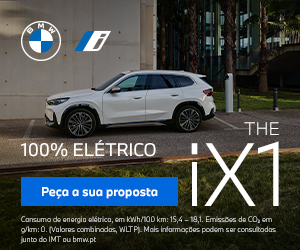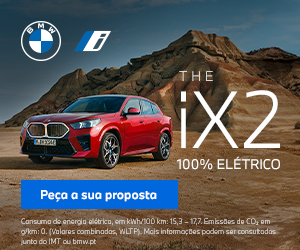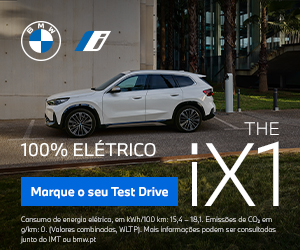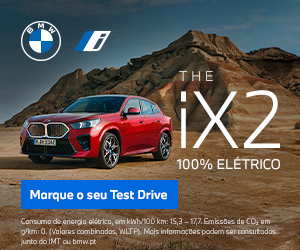The NASCAR 2025 season roared to life with a flurry of high-speed action and thrilling crashes at Daytona last week, but the real story might be the changes taking place off the track. As NASCAR embarks on a pivotal season, the question of who will replace their longstanding fuel supplier, Sunoco, after their contract expires this year has taken center stage.
Simultaneously, the organization is juggling an antitrust lawsuit, potential alterations to its charter system, and an urgent search for a new official fuel supplier. With Sunoco potentially exiting after more than two decades of partnership, NASCAR is exploring alternatives. The IMSA series, another NASCAR property, currently uses VP Racing Fuels, making them a strong contender. However, the surprise appearance of a rival fuel mogul at the Daytona 500 has stirred the pot.
Sunoco has been fuelling NASCAR’s adrenaline-fueled races since 2004. Their high-performance fuel is integral to all three national racing series. As their contract nears its end in 2025, however, the future has become uncertain. The recent presence of Buc-ee’s founder, Arch “Beaver” Aplin III, at Daytona has spurred speculation about a potential change in NASCAR fuel suppliers in 2026.
Aplin’s appearance at the Daytona 500 indicates a growing interest in the sport. Buc-ee’s, a Texas-based retail giant valued at around $2 billion, is more than just a gas station chain. With its massive convenience stores, unique snacks, and record-breaking locations, the company is a household name. As NASCAR seeks new sponsorship deals, Buc-ee’s might be planning an audacious move into motorsports.
As the exclusive negotiating window with Sunoco has reportedly ended, other fuel brands can now enter discussions. NASCAR must weigh its options carefully. Buc-ee’s could emerge as a surprise contender due to its rapid expansion and novel marketing strategies, which align well with NASCAR’s drive to attract new audiences.
Aside from fuel negotiations, the Daytona 500 weekend was replete with significant sponsorship activations. Brands like Wendy’s and The CW launched fan experiences, while Prime Video promoted its “Reacher” series. Coca-Cola, one of NASCAR’s three premier partners, continued its presence with extensive branding at the track and surrounding locations.
Moreover, the visibility of new tobacco alternatives like Zyn and Zone reflects the shifting consumer trends. NASCAR’s official carmakers, Toyota, Ford, and Chevrolet, leveraged the event to debut new advertisements and showcase future vehicle concepts. Ford’s new electric NASCAR prototype, in particular, caught the public’s attention, indicating the sport’s evolving stance on vehicle technology.
NASCAR is at a crucial juncture as it embraces electric vehicle (EV) technology. At the Daytona 500, the Chevrolet Blazer SS EV debuted as a pace car, underlining NASCAR’s commitment to alternative energy. This is part of the organization’s ambitious plan to achieve net-zero emissions by 2030.
Leading the electrification initiative is ABB, a global leader in the field. Since forming the Electrification Innovation Partnership with NASCAR in 2024, ABB has been instrumental in advancing high-performance electric racing. The partnership unveiled a groundbreaking EV prototype with over 1,300 horsepower at the 2024 Chicago Street Race. Ralph Donati, ABB’s Executive Vice President, underscored the company’s vision to optimize, electrify, and decarbonize NASCAR’s operations.
While a fully electric NASCAR Cup Series might still be a few years away, the foundation is being laid. NASCAR’s shift from ethanol-based fuels to hybrid or fully electric powertrains is being closely watched by battery pack vendors. The introduction of on-site EV charging stations, renewable energy sourcing, and expanded sustainability efforts all signal a rapidly changing landscape.
Regardless of whether Buc-ee’s enters NASCAR, battery pack vendors step up their game, or EV technology takes center stage, one thing is clear: NASCAR is evolving. And Daytona remains the heartbeat of it all, where the sport’s most significant decisions are made.

